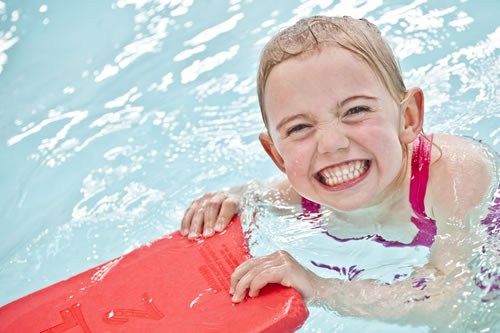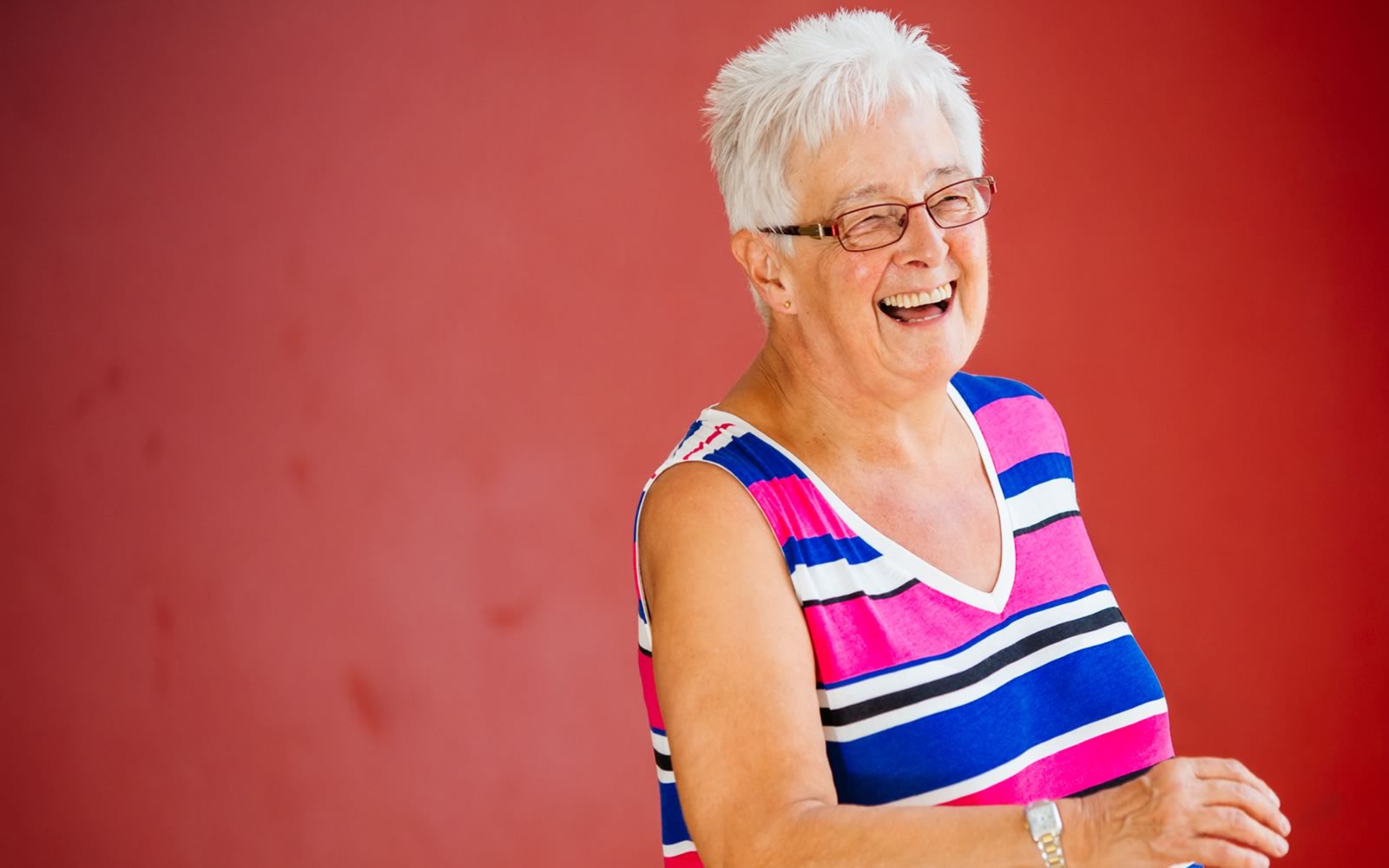
Water Safety Quiz
Swimming is a great form of exercise, as well as a fun way to have fun and spend time together as a family. However, swimming can be dangerous without careful preperation. Are you water wise? Test your knowledge with our water safety quiz.
For All Stages
1. When you come swimming, when are you allowed to enter the water?
2. Why are we told not to run around the poolside?
3. If a Lifeguard or a Swim Teacher blows their whistle, what must you do?
4. What must you do before entering the pool?
5. Why do we not Bomb, Flip or Jump in backwards?
6. Why do we not dunk or splash other people in the face?
7. Where is it not safe to swim? Why?
8. If a pond or lake is frozen, can you play on the ice?
9. If you see someone in danger, do you enter the water to rescue them?
10. What might you do instead?
11. Should we ever be alone around water?
12. Where can you go swimming?
13. What do these beach flags mean?

For Higher Stages
14. Can you recite the 4 water safety messages?
15. If we are stranded in the water, what position should we do?
16. What does H.E.L.P stand for?
17. What does the H.E.L.P position do?
18. What are the main body parts you lose the most body heat from?
19, What is cold water shock?
20. How would you manage the effects of cold water shock?
Answers
1. When instructed to by a Lifeguard or a Swim Teacher.
2. The floor can be slippery so you may slip and hurt yourself or you may fall into the water.
3. Stop, Look and Follow any instructions given.
4. Have a shower.
5. They are dangerous. You may hurt yourself or you may land on others and hurt them.
6. Other people may not be very confident or don’t like water in their face.
7. Lake, Reservoirs, Ponds, Rivers, Canals. Because the water is not clear, you cannot see what is under the water. The water is dirty and untreated so can become unwell.
8. No. The ice is too thin and it would break. The water is too cold and you could get Hyperthermia.
9. No, because if they may not be able to swim and they will grab onto you and push you under the water so that they can stay on top out of the water.
10. Shout for help. Tell an adult. Call 999.
11. No, always make sure you are with an adult.
12. Swimming Pools because it is clear and clean, and in the Sea when it is safe to do so.
13. a. It is safe to swim, a lifeguard is watching, b. Danger! No swimming, c. Water sports (kayaking, paddle boarding etc..) No swimming, d. The direction of the wind and how strong it is.
14. 1 Always swim in a safe place. 2 Always swim with an adult. 3 If you fall in, Float, Breathe, Relax. 4 If someone else is in trouble, call 999.
15. H.E.L.P position.
16. Heat. Escape. Lessening. Posture.
17. Lessen’s the escape of body heat by keeping a still posture.
18. Head, Chest, Armpits and Groin (inside of the thigh)
19. When you suddenly enter the water 15 degrees or lower.
20. Don’t try to swim straight away, take a minute for your body to adjust to the temperature. Relax and float on your back to catch your breath. Try to grab hold of something to help you float. Keep calm, shout for help and swim to safety if you are able too.




